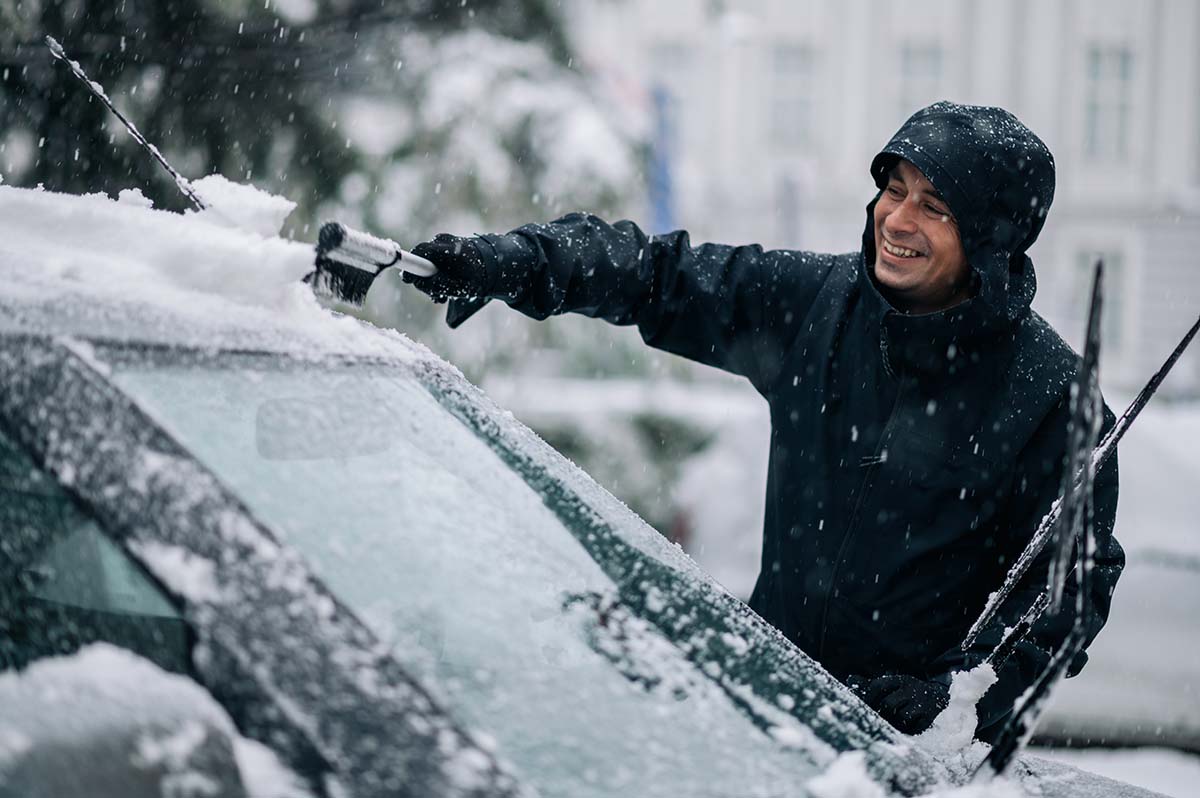
Preparing Your Car For Winter
October 20, 2022Having roasted throughout most of the summer of 2022, it’s perhaps difficult to get your head around any need to prepare your car for winter – though the change to harsher weather can be upon us in the blinking of an eye.
So, let’s run through a checklist of what you might be doing to prepare for the cold and dark days ahead:
Screenwash
- you’ve probably been using your screenwash and wipers to get rid of squished flies and insects throughout the summer – when it’s winter, you’ll need to wash off the dirt and road salt that gets thrown up from the wet roads;
- therefore, make sure that you keep the screenwash reservoir always topped up;
Side and headlights, brake lights, and indicators
- notwithstanding the legal aspect of having all your car lights in working order, in the darker, shorter days of winter, you’ll need to rely even more than usual on every light on your car working properly;
- check both sides of the car, front and back, that all are functioning, clean the covers, replace any blown bulbs, and keep a stock of replacement bulbs ready for any emergency outage;
Antifreeze
- if you needed to top up your engine coolant with water during the summer, it will have diluted the antifreeze that normally circulates around the engine;
- it is important that the coolant is kept at the right mix of 50 parts of water to every 50 parts of antifreeze, advises specialists Total Energies – half and half, in other words;
Tyres – pressure
- it is important to make sure you have the correct tyres pressures throughout the year – specialist tyre company Kwikfit suggests you check your tyres at least every couple of weeks and points out that tyres typically lose 2lb of pressure a month so may become quickly under-inflated unless you pay close attention;
Tyres – condition
- not only the correct pressure but also the condition of the tyres is critically important on the wet and potentially icy roads of winter;
- now is the time to check the overall condition of your tyres – to detect any splits, bulges, or tears – and replace those that are worn or damaged;
- by law, your tyres must have a minimum tread depth of 1.6mm across three-quarters of the tyre – but the AA recommends that for winter use you impose your own limit of 3mm and certainly no less than 2mm;
Battery
- the car battery has probably given you so little trouble during the warm and dry summer months that you might almost have forgotten about it – winter is a different matter altogether;
- cold and wet weather will lower the battery’s effective output, increase the strain on it, and make it harder to turn over the engine – usually, just when you need the car to start first time;
- take the opportunity now to consider replacing the battery – if it’s already been in the car for some time, it is probably already getting tired, and the cold and damp winter months will only bring that weakness to the fore;
- in a posting on the 23rd of November 2021, the Fixter website suggested that a well-cared for battery might last as long as five years but that it will usually become inefficient and worn out after three years.
One way or another, most of us rely on our car to get to and from work, go to the shops, or for our holidays. When conditions are cold, wet, and damp, we will probably depend on them more than ever.
So that the car on your driveway starts first time and continues to safely transport you and your loved ones, therefore, it makes sense to make careful preparations for the coming winter.
Finally – and this is a whole other blog! – don’t forget to keep an emergency pack in your car including warm clothing, non-perishables and a shovel etc. You never know when you may get stuck somewhere!